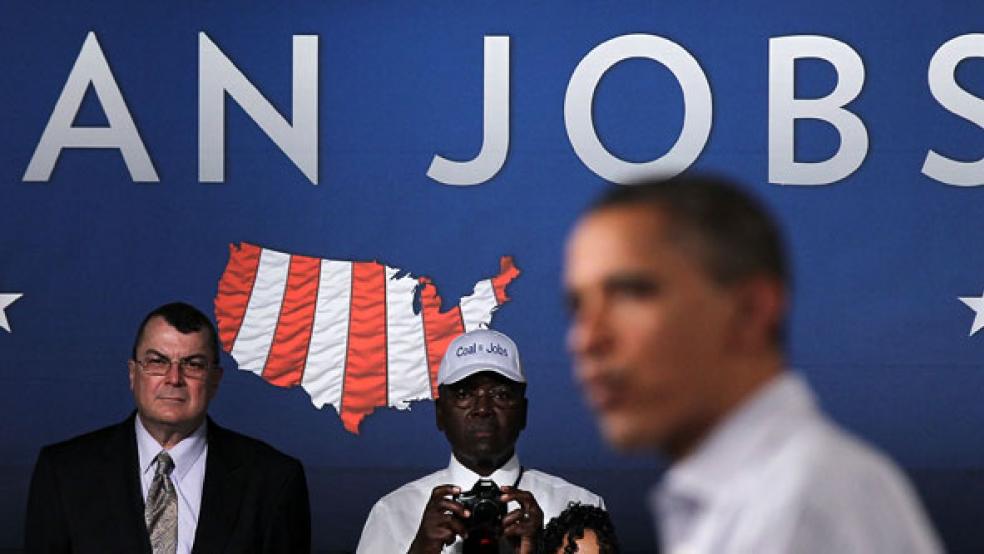The figure commonly cited as the “average” federal employee salary now stands at nearly $78,500, an amount that has risen by about $1,800 in the last two years despite a general freeze on salary rates during that time, according to data released Monday.

The Office of Personnel Management reported that as of September 2012, the average salary for a full-time, permanent, non-seasonal position was $78,467. The comparable figure for December 2010 was $76,701.
The median salary — the point at which half are above and half are below — is now $74,714, up from $69,550 in 2010.
Federal employees did not receive the traditional across-the-board January raises in 2011 or 2012, and no such raise was paid this year. The Obama administration has said that its budget proposal to be released Wednesday will call for a 1 percent raise in January 2014.
While many federal employees have received no increases since the last general increase in January 2010, individual raises still can be paid to employees, if eligible, on promotion, for performance, or on completing waiting periods used in grade- and step-type pay systems.
Hundreds of thousands of employees meanwhile face the partial loss of salary starting soon due to sequestration-triggered unpaid furlough days commonly ranging up to about 14 days. Also, employees first hired into government starting this year generally must pay an additional 2.3 percent of salary toward their retirement benefits, and proposals are pending in Congress to raise the required contribution by all employees by as much as 5.5 percent of salary. Employees covered by Social Security also had that portion of their payroll tax increased this year along with other workers when a two-year decrease of 2 percentage points expired.
“Our spending priorities are completely out of whack when many employees are being furloughed while at the same time salaries have been increasing during a so-called pay freeze,” House Oversight and Government Reform Committee Chairman Darrell Issa (R-Calif.) said in an e-mailed statement. “These increases are driven by automatic, tenure-based pay hikes that are in no way tied to merit or performance.”
The “average” federal employee salary commonly figures in disputes over how federal pay compares with that of pay in the private sector, a long-running controversy. Federal employee organizations argue that comparisons of average salaries are misleading because federal workers tend to be older, more experienced, more educated and more concentrated in professional-type jobs — all indicators of higher salary. The Obama administration has made a similar argument in its recent budget proposals.
In a statement, National Treasury Employees Union president Colleen M. Kelley said: “The federal government employs lawyers, doctors, scientists, IT experts, managers and workers who manage contractors, many of whom could earn far more in the private sector but who have chosen public service. At the same time, there also are a great many federal employees at the lower end of the pay scale. For example, nearly half of NTEU IRS members work in positions at Grades 2 to 8 on the General Schedule (GS) pay system.
“Most of these employees work full-time, yet thousands of them earn far less than what can reasonably be considered a middle-class salary,” she said. “These IRS employees and other federal employees have not had a pay raise in more than two years, yet the cost of everything they buy is increasing.”
“The gradual increase in average salary reported by OPM reflects the movement of employees into executive, management and other higher graded positions, mostly due to promotions,” American Federation of Government Employees public policy director Jacque Simon said in an e-mail. “There are 4,744 more employees making $140,000 or more than there were a year ago, while there are 14,004 fewer federal employees in the GS-5 to GS-9 range. Most of our members are in the GS-5 to GS-9 range and earn anywhere from about $31,000 to $68,000, depending on what part of the country they work in.”
The government’s own method of measuring pay for jobs it deems comparable shows a substantial pay gap in favor of the private sector. Other studies, using different methods and different sets of data, have reached the opposite conclusion.
The average federal worker was 47.1 years old with 13.8 years of government service in 2012, while less than 1 percent had no high school diploma, 26 percent had just that diploma, slightly under half had at least a four-year college degree, and the rest had some sort of post-high school education. The concentration of federal employees in professional and administrative positions also has increased in recent years, compared with blue-collar and other lower-paying federal jobs.
The latest count put the number of full-time, permanent non-seasonal federal workers at 1,850,311. That comes to 5.894 federal employees per 1,000 Americans in fiscal year 2012, down slightly from 2011 and 2010, but still above the 5.497 number of 2008.
The report does not include temporary, seasonal or part-time employees whose inclusion in other types of counts puts the total federal workforce at around 2.1 million. Even those counts commonly exclude certain categories of employees, most numerously the more than 500,000 in the self-funding U.S. Postal Service.
Read more from the Washington Post:




